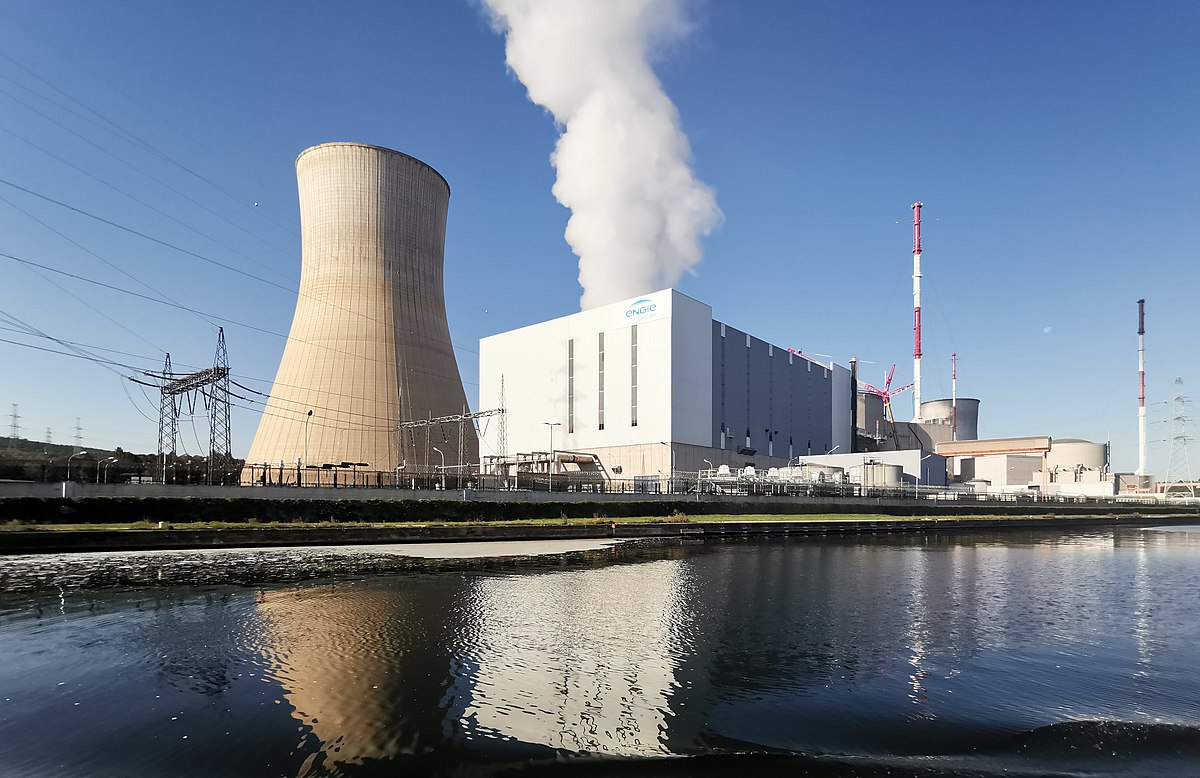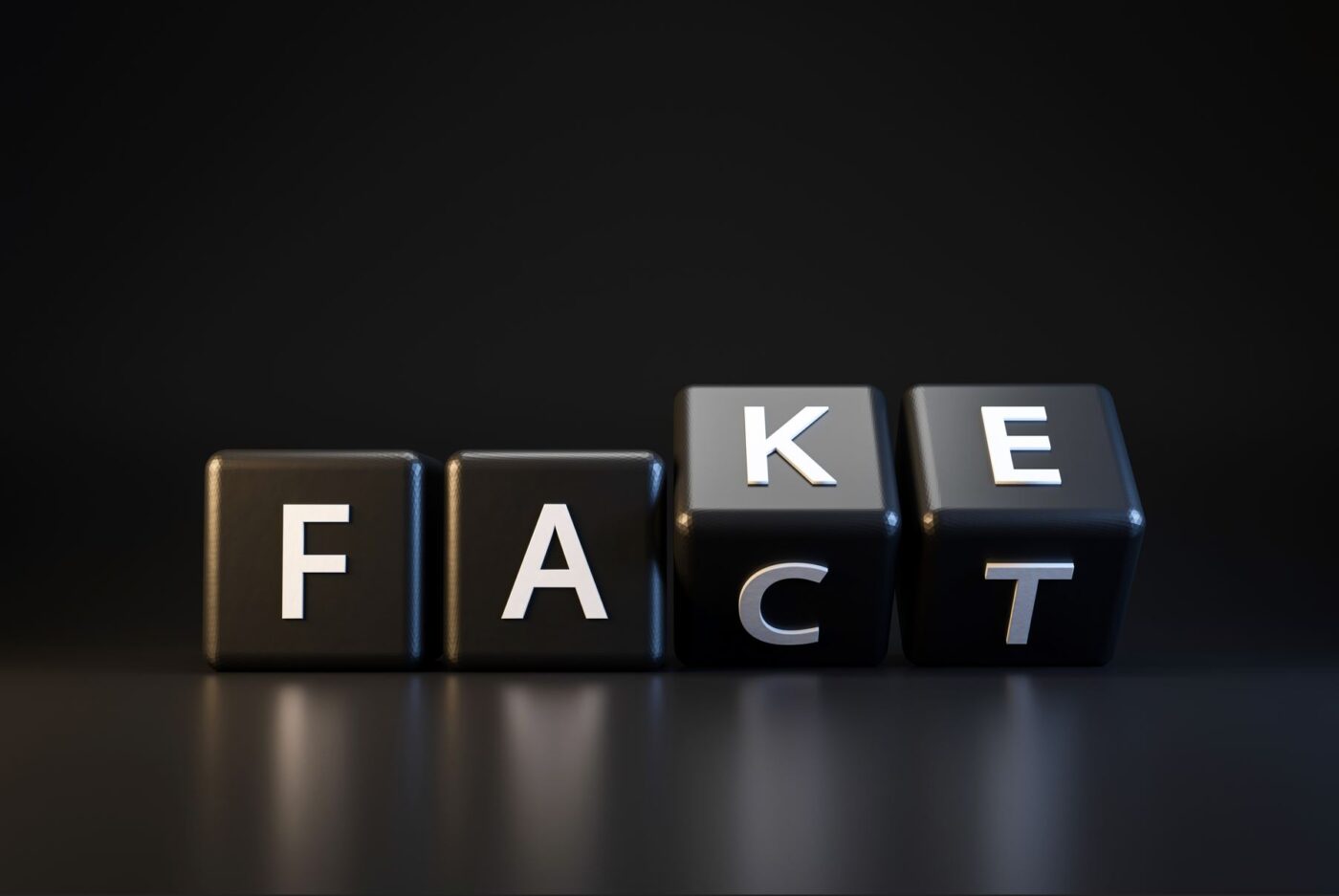Transport infrastructure is essential for the Three Seas Initiative. Rail Baltica is a significant element of that infrastructure. What is currently happening with this important initiative? Jerzy Polaczek, PhD, MP, Vice-Chairman of the Sejm’s Infrastructure Commission and former minister of transport, talks to BiznesAlert.pl about the project.
“Rail Baltica is a sister route to the key express road artery Via Baltica. One of the two foundations of the region’s transport infrastructure. It will connect Poland’s railway system with the Baltic States.”
“Both investments are very important for the north-south axis,” said the politician. The railway is important for safety because it will reduce congestion on the Via Baltica road, which will be used also by international freight trucks, including fuel transportation. Currently, road accident statistics on the old, overcrowded road are tragic. Rail Baltica and Via Baltica will provide a much improved level of safety. To ensure safe travel, the government included the routes’ synergy in the Polish transport policy.”
The minister stressed that “travelling with Rail Baltica will be attractive – a journey from Warsaw to Vilnius on an express train will take 3.5 hours and to Tallin not longer than 6.”
“The construction of the Polish section of the route is delayed. The previous government, led by Ewa Kopacz, put it at the bottom of the list. The 2008-2015 Rail Program introduced cuts by transferring funds to other objectives. One of them was the purchase of new fleet,” reminded Polaczek. What is more, he added, “contrary to the promises, the expected speed of over 200 km/h has not been achieved.”
Meanwhile, if the railways sector wants to compete with road and air transport it has to invest. This is why we need to spend PLN 67 billion from the National Railway Program to implement the sector’s plans and make up the backlog in announcing and signing projects by the infrastructure manager. It has been decided to return to the idea of high speed railway, similar to the one in the West, i.e. faster than 200 km/h.
The politician also reminded about a number of important facts about the investment:
“Rail Baltica belongs to those rail routes, which will be the basis of modern transport systems in the country. I am also stressing its commercial dimension, which is of interest to the passengers. Rail Baltica’s travel offer will be very attractive. At the same time we need to achieve better results when it comes to freight transport. We need to set the speed of freight transport at above 40 km/h (average in EU states, such as France of Germany).”
“For the Baltic States, Rail Baltica is a serious challenge. It means a huge progress in their integration with the West thanks to efficient, quick and direct passenger and freight connections. This also pertains to a complete change in their railway infrastructure, i.e. adjusting the width of tracks to the 1425 mm European standard on the route from Tallinn through Riga, Kaunas (with a branch to Vilnius) to the border with Poland. In October 2015 the construction of the first section of Rail Baltica from the Polish-Lithuanian border to Kaunas has been completed. The project, which cost EUR 364.5 million included the construction of a 123 km regular line from Szostakowo through Mariampol to Kaunas. According to official calculations the total cost of the entire project is EUR 5.788 billion, out of which 85% is ensured by the EU and EUR 1.154 billion will be covered by the Baltic States.








